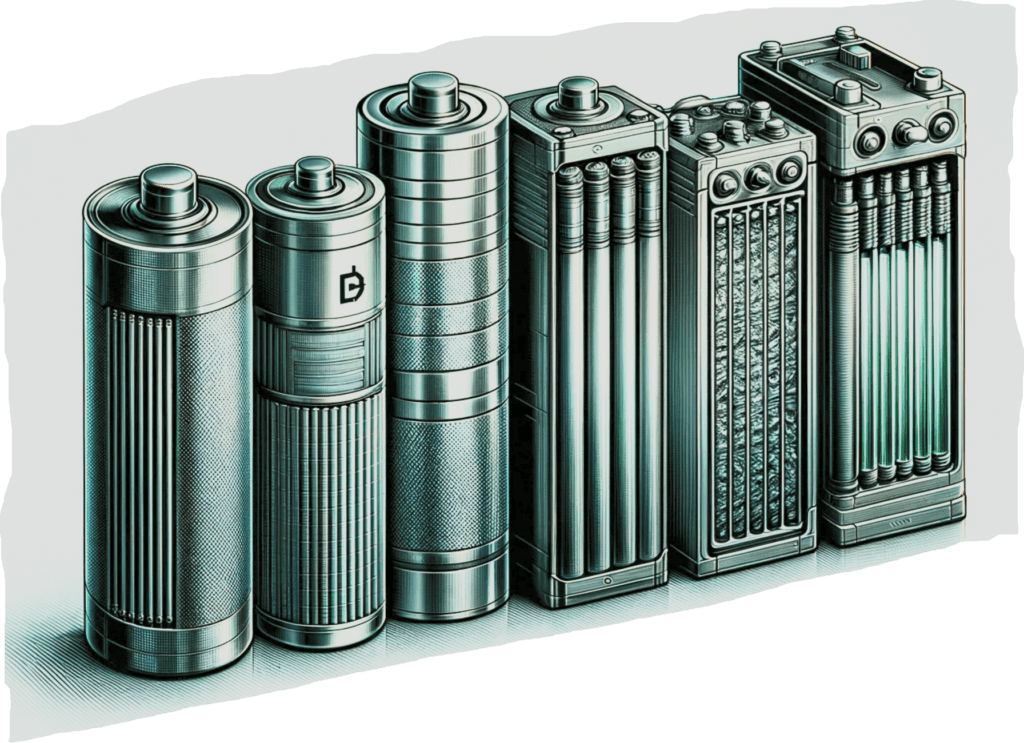Batteries
In the dynamic world of Batteries We are experiencing a time of fascinating innovation and progress. The technologies that power our devices and vehicles are rapidly evolving to become more efficient, longer lasting and more environmentally friendly. Below we present the most exciting developments in this area and what they mean for the future.

Illustration of different types of current Batteries
Battery types
lithium-ionBatteries are at the forefront of the revolution in the mobility and power sector thanks to their impressive energy density and reliability. Through constant improvements in materials science and battery management, they promise even greater performance and safety.
If you take a look into the future, the promising world opens up solid stateBatteries. This technology uses solid rather than liquid electrolytes. It could change the way we think about security and performance Batteries think, revolutionize. While there are still some challenges to be overcome, higher energy density and improved safety could redefine battery technology.
lithium-sulfurBatteries open up new possibilities because, compared to conventional lithium-ionBatteries, have a significantly higher energy density. Research is focused on extending their lifespan and increasing their efficiency, making them an exciting field for future development.
With sustainability and availability in mind, let’s take a look sodium ionBatteries. This technology uses the abundant element sodium to provide a greener and potentially more cost-effective alternative to lithium-ionBatteries to offer.
redox flowBatteries offer a unique solution for applications that require large storage capacity. Their ability to store energy in external tanks allows for easy capacity scaling, making them ideal for stationary energy storage.
The emerging one Graphene battery technology promises to push the boundaries of what is possible by improving load times and performance. Although this technology is still in its infancy, it could shape the future of energy management.
Conclusion
An important aspect of battery technology is its impact on the environment. Recycling and sustainability are the focus of research. The aim is to develop methods that enable efficient reuse of materials and minimize the impact on the environment.
These developments point to an exciting path into the future. They have the potential to reduce our dependence on fossil fuels, improve the efficiency of our devices and contribute to a more sustainable planet. Battery technology is key to shaping our world of tomorrow.
Product suggestions: coming soon
Source: https://www.pnnl.gov/explainer-articles/types-batteries
